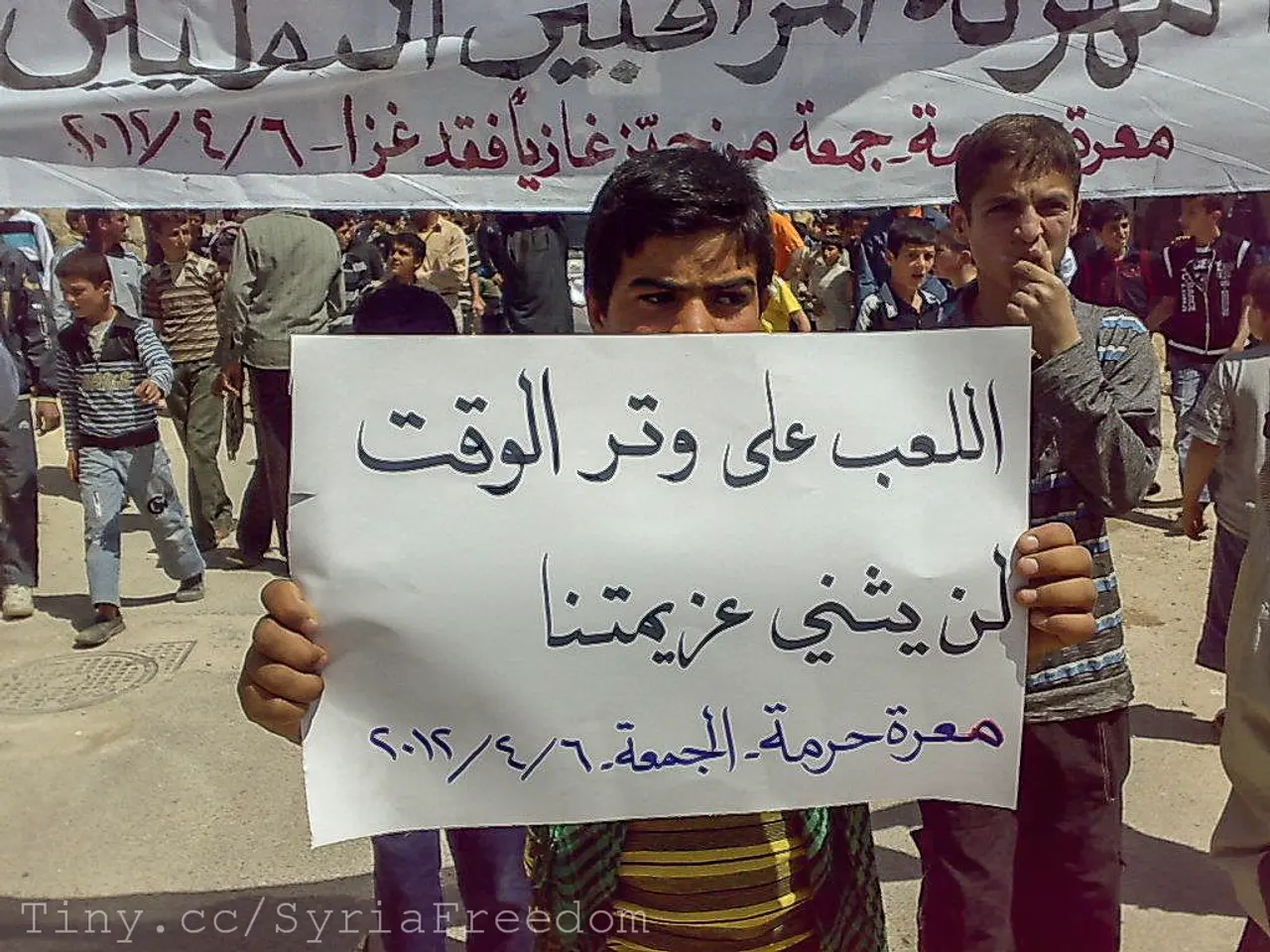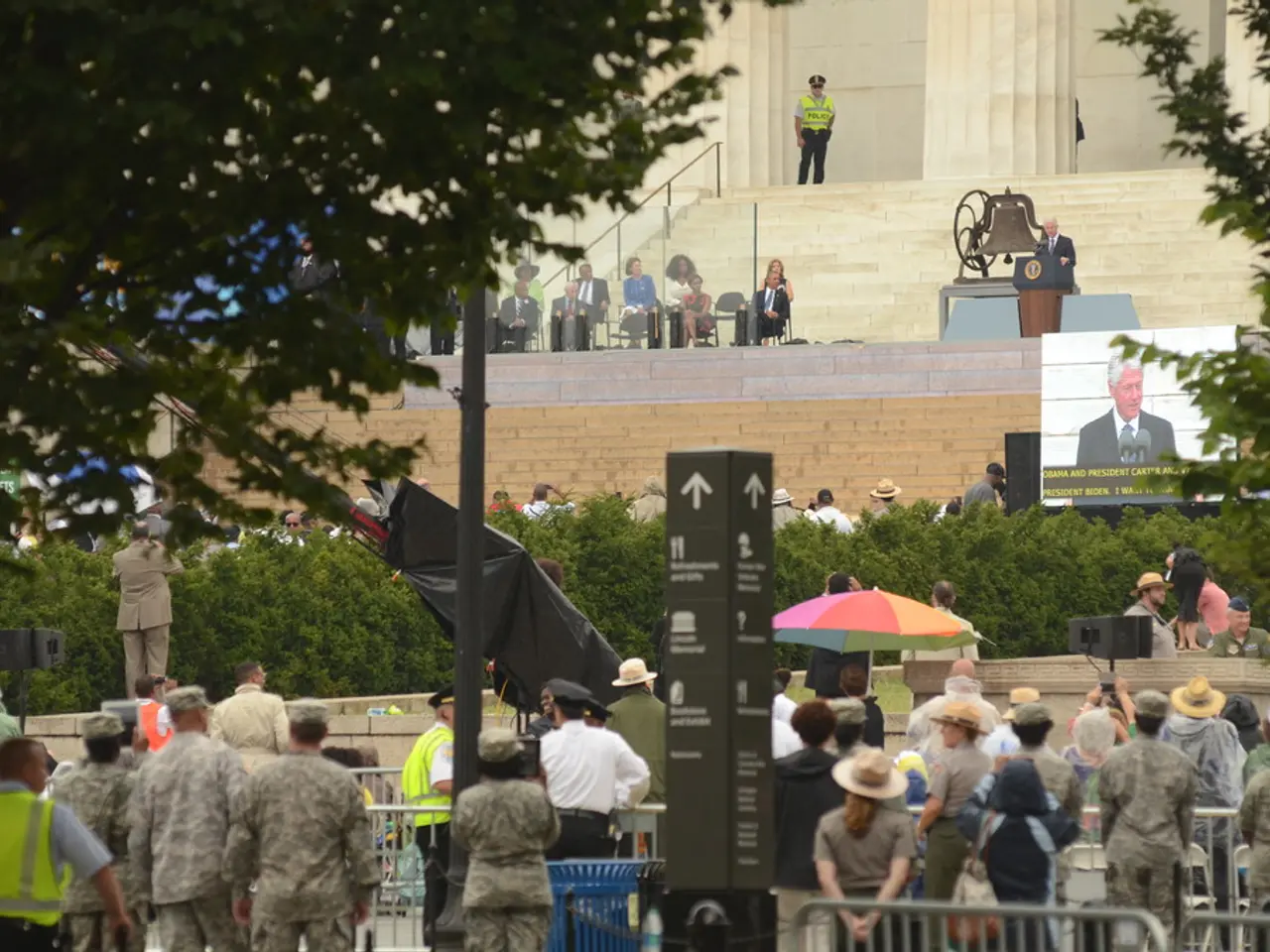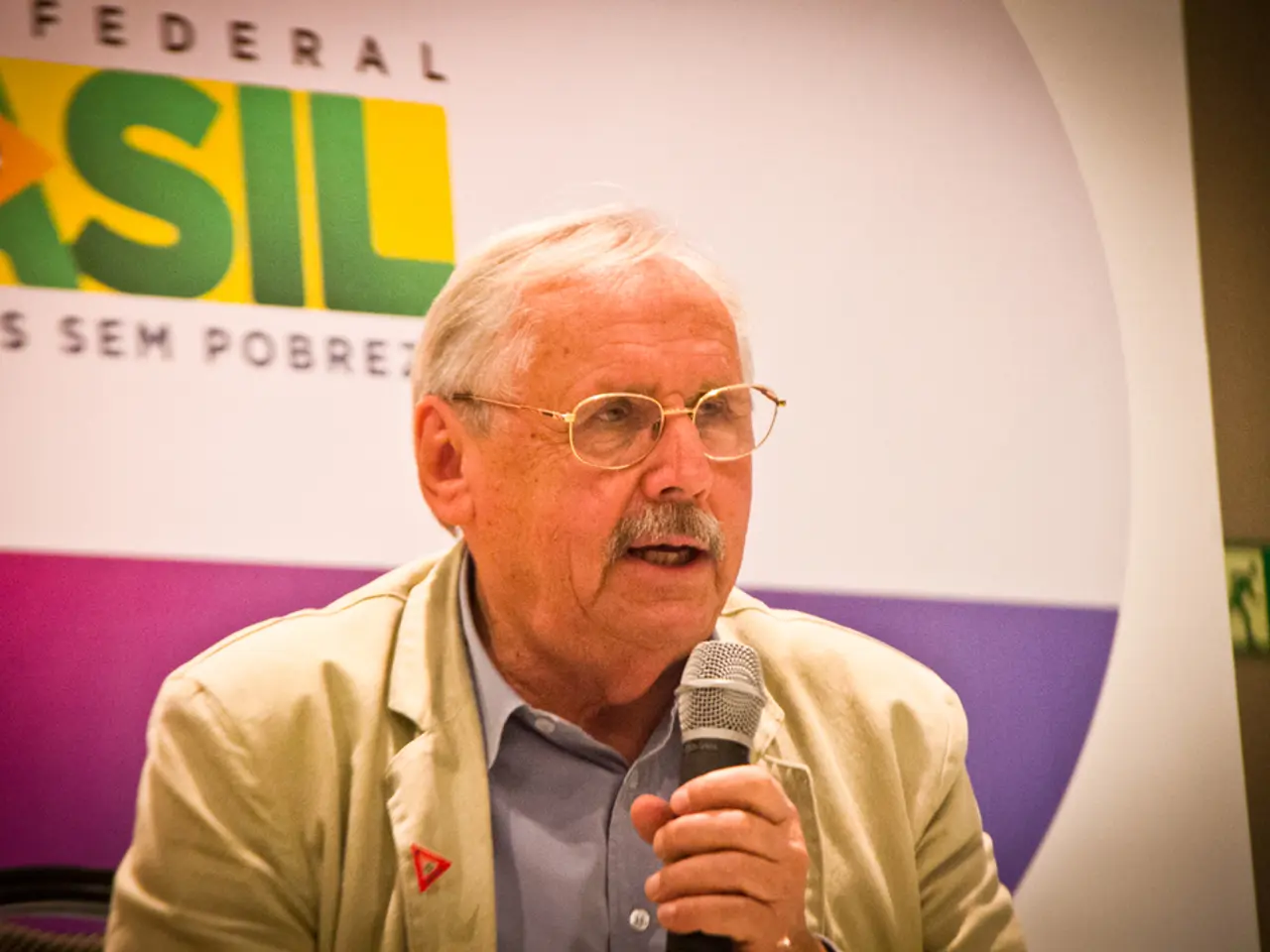Israel-Palestine Crisis: Hamas Engaged in Discussions with Palestinian Factions Regarding a Potential Gaza Truce
The ongoing efforts to establish a ceasefire between Hamas and Israel continue, with both parties expressing positive responses to the latest proposal. The revised agreement outlines a temporary 60-day ceasefire, during which indirect negotiations would aim to achieve a permanent end to the conflict.
**Hamas's Position**
Hamas has provided a "positive response" to the current proposal, which includes a temporary ceasefire and a hostage exchange. The group is prepared to immediately enter negotiations on the implementation mechanism but wants guarantees that Israel will commit to moving to a second phase after the initial 60-day period.
**Israeli Expectations**
Israel had anticipated a response by July 4. The proposal on the table involves the release of at least 10 living hostages by Hamas and the return of 15 bodies of hostages held by the group. Israel is aware that further negotiations will be required to finalize the deal.
**Key Conditions and Demands**
The revised proposal outlines a 60-day ceasefire, during which Israel and Hamas would hold indirect negotiations aimed at achieving a permanent end to the war. The U.S., Qatar, and Egypt have committed to extending the ceasefire beyond 60 days if more time is needed for negotiations.
Hamas insists that, once a ceasefire is in place, the United Nations will oversee the humanitarian aid delivery system in Gaza. It also demands that the Israel and U.S.-backed Gaza Humanitarian Fund be excluded from aid distribution.
Hamas wants the Israeli military (IDF) to withdraw to its pre-March 2024 positions, before the previous ceasefire collapsed. Israel has refused this demand so far. The deal includes the release of 10 living hostages and at least 15 (possibly up to 18) bodies of deceased hostages, according to different sources.
**Negotiation Dynamics**
While both sides are open to negotiating the specifics of implementing the deal, significant differences remain, particularly around the withdrawal of Israeli forces and the control of humanitarian aid. Hamas’s military leadership has warned of preparedness for a “war of martyrdom” if an “honorable deal” is not reached, highlighting ongoing tensions and the possibility of renewed conflict if negotiations stall.
As of now, 85 percent of the besieged and bombarded territory in Gaza is under Israeli military control, according to the UN. Hamas has sought guarantees that the new ceasefire proposal, backed by the US, would lead to an end to Israel's bombardment of Gaza. Hundreds of thousands of people in Gaza have been displaced multiple times.
No final agreement has been reached as of July 5, 2025, with both parties needing to negotiate further on implementation and remaining points of contention. The ceasefire, if agreed upon, will allow both parties to work towards ending the war.
Hamas is open to the temporary ceasefire and hostage exchange, aiming for guarantees that Israel will commit to a second phase after the initial 60-day period. Meanwhile, Israel anticipates the release of at least 10 living hostages by Hamas and the return of deceased hostages' bodies, with awareness that further negotiations will be necessary to finalize the deal.
Negotiations are ongoing regarding the Israeli military's withdrawal, humanitarian aid distribution, and other contentious issues. Hamas has warned of potential renewed conflict if these issues are not resolved, underscoring the importance of politics and general news in resolving war and war-and-conflicts like this one.






